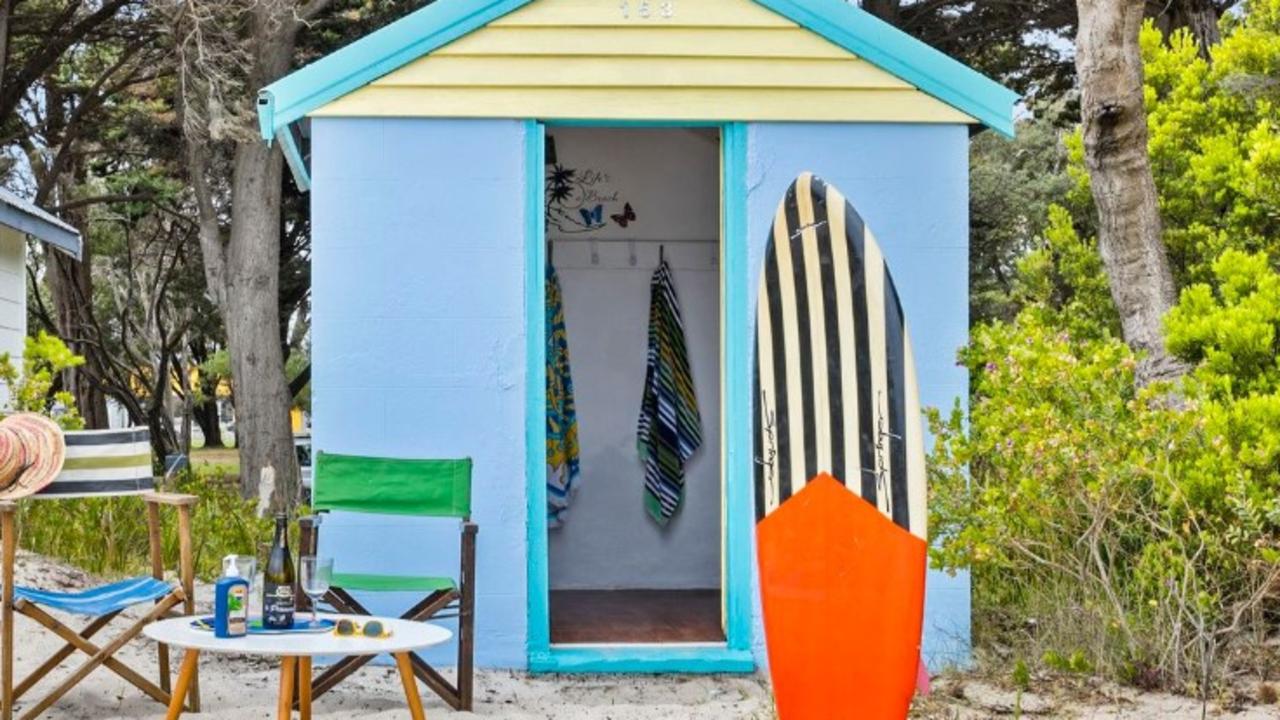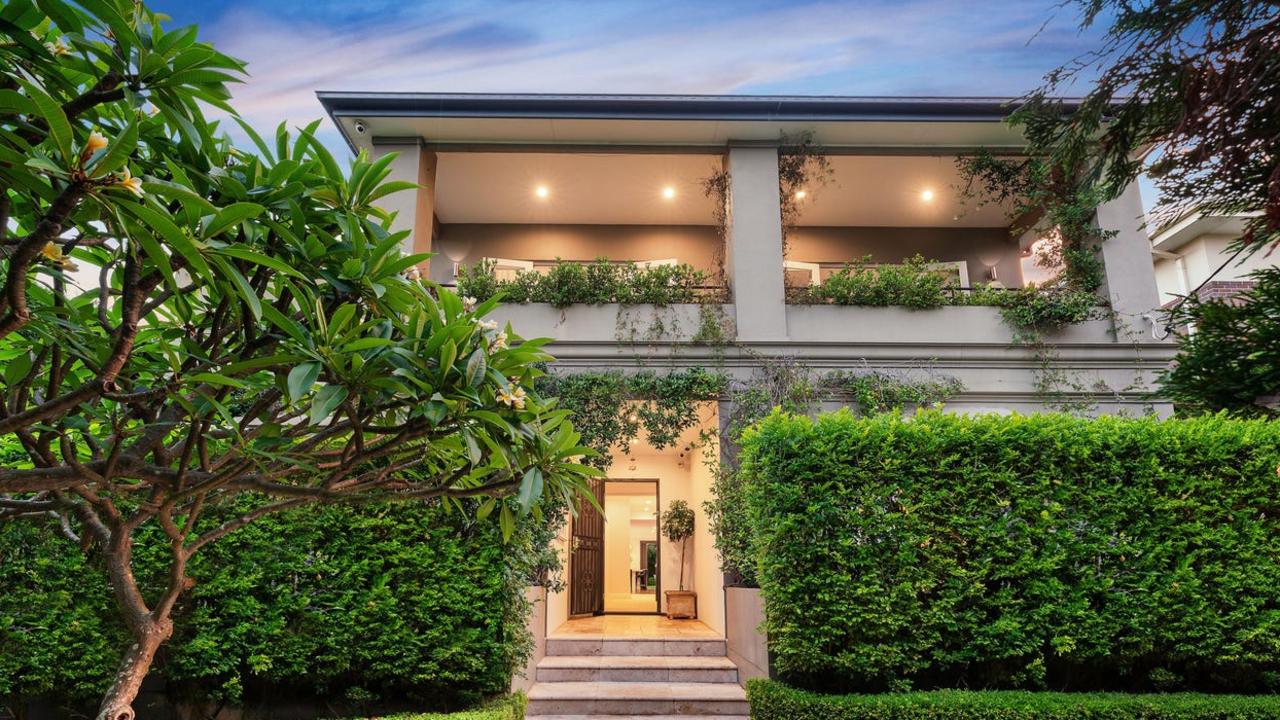Gold Coast developers redesigning approved towers to make them financially stack up
Developers will go back to the drawing board on hundreds of Gold Coast towers approved in the past decade – with many expected to get substantially taller. FIND OUT MORE
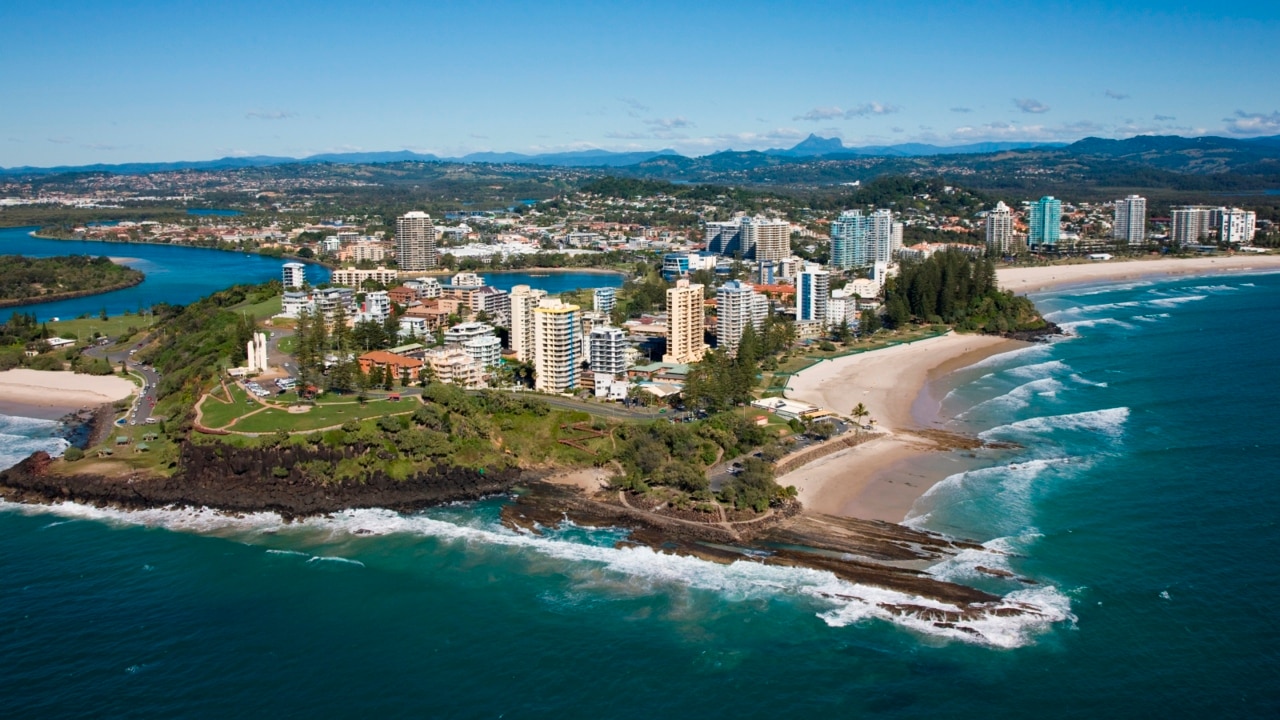
Property
Don't miss out on the headlines from Property. Followed categories will be added to My News.
Developers will go back to the drawing board on hundreds of Gold Coast towers approved in the past decade – with many expected to get substantially taller.
Industry insiders say designs are already being tinkered with to become taller and denser as developers stung by high costs struggle to turn a profit despite insatiable demand.
The latest to be revamped, a 22-storey tower in Surfers Paradise, was approved only three years ago but is no longer considered commercially viable.
Plans have now been submitted to council to give it an extra three storeys.
City planning boss Cr Mark Hammel said a large number of the towers which had been greenlit by the council in the late 2010s and during the pandemic would face similar alterations thanks to the dramatic changes to the economy and building sector.
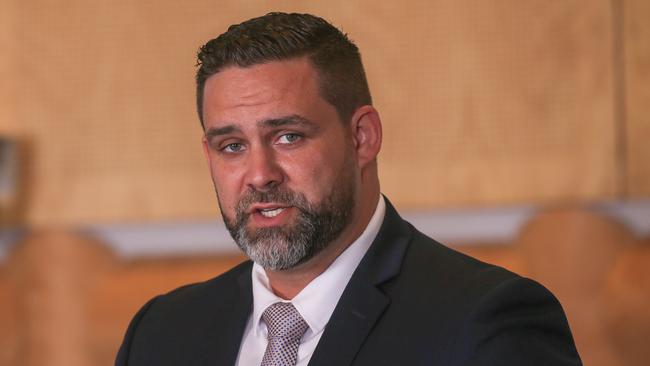
“Over the past year or so, the city has noticed a trend of developers with existing approvals, or those purchasing already approved sites, are adjusting their development applications to ensure their projects remain viable and this is a trend we expect to see more of over the next couple of years, and in my opinion, it can only be a good thing for the Gold Coast,” he said.
“Developers are now actively engaging with builders for detailed costings and this is a positive, as it ultimately means more construction and more roofs over heads sooner, and this is critical during a housing crisis and as we approach an expected one million residents living on the Gold Coast by the mid-2040s.
“Securing approvals is, in some ways, the relatively easy part of development because often the real challenge for developers is locking in builders and financing and the conversion of approvals into actual construction has been a real hurdle for the industry, especially in the current challenging climate.”
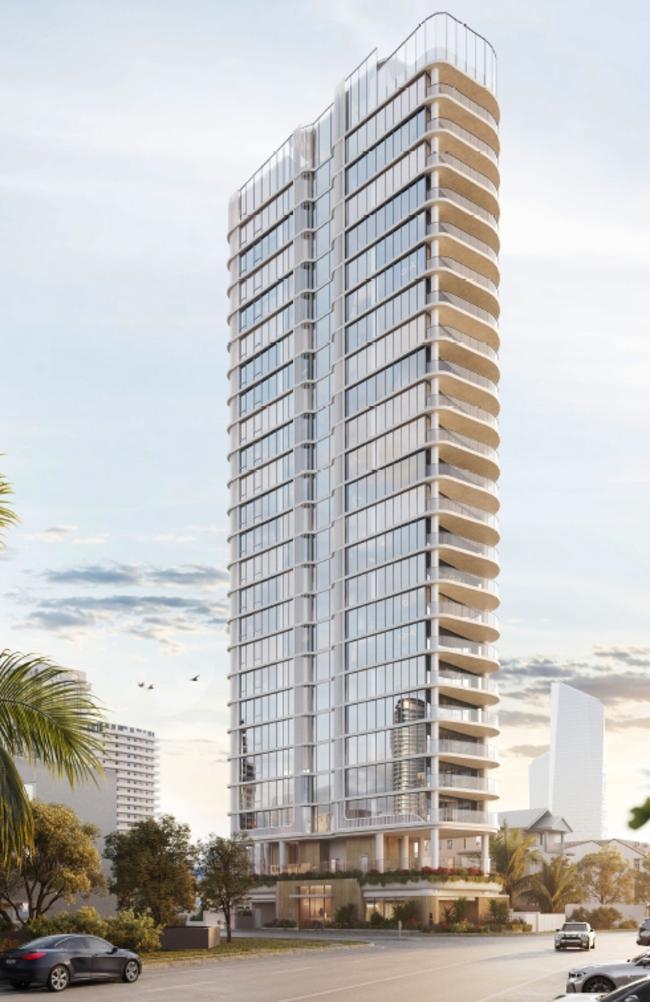
The latest tower to go back to the drawing board was put forward by NBFI Invest in 2022 and greenlit the same year, but never proceeded.
A new report lodged with council reveals the Surf Parade project was not commercially viable in its proposed form.
“It is important to note that the proposed changes are a direct result of detailed project feasibility investigations and discussions with project builders which have determined that the approval in its current form, which was first proposed over two years ago, is not economically viable,” the report reads.
“The changes are therefore necessary to ensure that the project can proceed to the construction phase of the development process.”
It will replace an older three-storey building if approved.
Another Surfers Paradise development, a proposed 31-storey tower on the former Swingin’ Safari site, was last year granted an extension of its approval to allow its new owners to solve construction issues and potentially revise its design.
A 2023 report revealed hundreds of towers which had been greenlit in the past decade, equating to around 40,000 units and more than a decade worth of stock for the market, had never broken ground.
Recent months have seen several of these long-shelved projects, some dating back to the mid-2010s, brought off the drawing board and revamped to fit the current market.
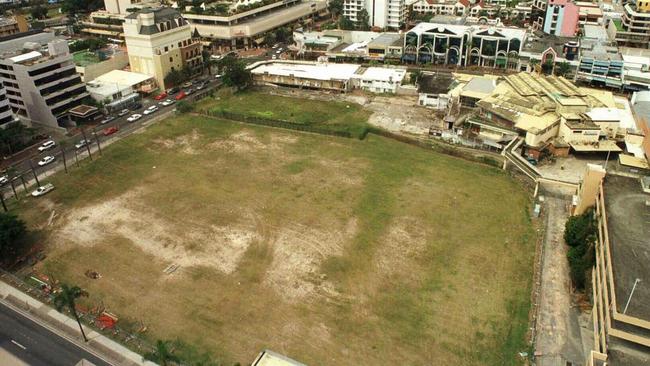
Mr Hammel said the abundance of undeveloped “bomb sites” was hurting the city and that it was critical to unlock the backlog of projects
“There is a strong need in our city and region for more housing because having construction sites sit idle is detrimental to providing our people with places to live, particularly during a housing crisis,” he said.
“We’re noticing this trend isn’t just occurring for luxury beachfront towers and are also seeing it play out with developers (who are) increasingly focused on building affordable housing in the ‘missing middle’ to increase overall housing supply and provide more affordable options for everyone.
“This trend is also not just about packing more units into a development. In some cases, it can be just the opposite because developers are interestingly exploring both increases and reductions in yield and height to make projects viable, depending on the unique market and financial constraints of each development.
“This helps our city work with developers to achieve the right mix of housing choice and diversity, while considering housing supply and affordability.”
Mayor Tom Tate earlier this week proposed taking steps to reduce the amount of land-banking and development sites left to sit idle in Southport by putting increasingly stringent time limits on beginning construction.
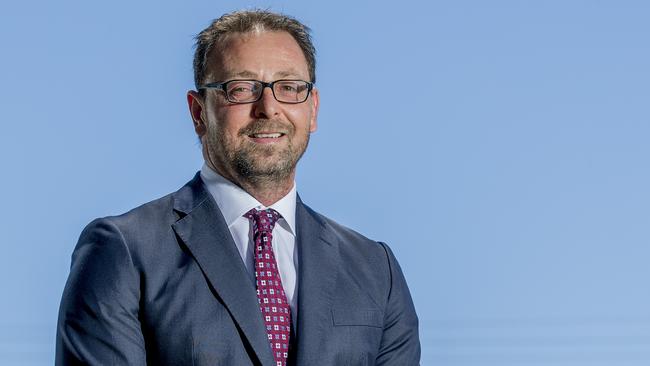
Under the current system, approvals for developments expire after five years, but can be renewed essentially indefinitely.
The proposal to be considered by council would see an unused application instead expire with after a time period with no possibility for renewal, meaning projects would need to be resubmitted at substantial cost.
Real Estate Institute of Queensland (REIQ) Gold Coast chairman Andrew Henderson said the market had changed dramatically in recent years.
“Unless the project is viable, it is not going to commence and if it does not happen, we are not going to see the projects we need to solve this housing crisis,” he said.
“The market changes and the types of dwellings we need change with it, so revisions are reflective of those changes in the marketplace.
“We are seeing more affordable housing but are also seeing strong demand still for high-end units. There is not enough supply in the market so these revisions will suit the current market requirements.”
More Coverage
Originally published as Gold Coast developers redesigning approved towers to make them financially stack up




